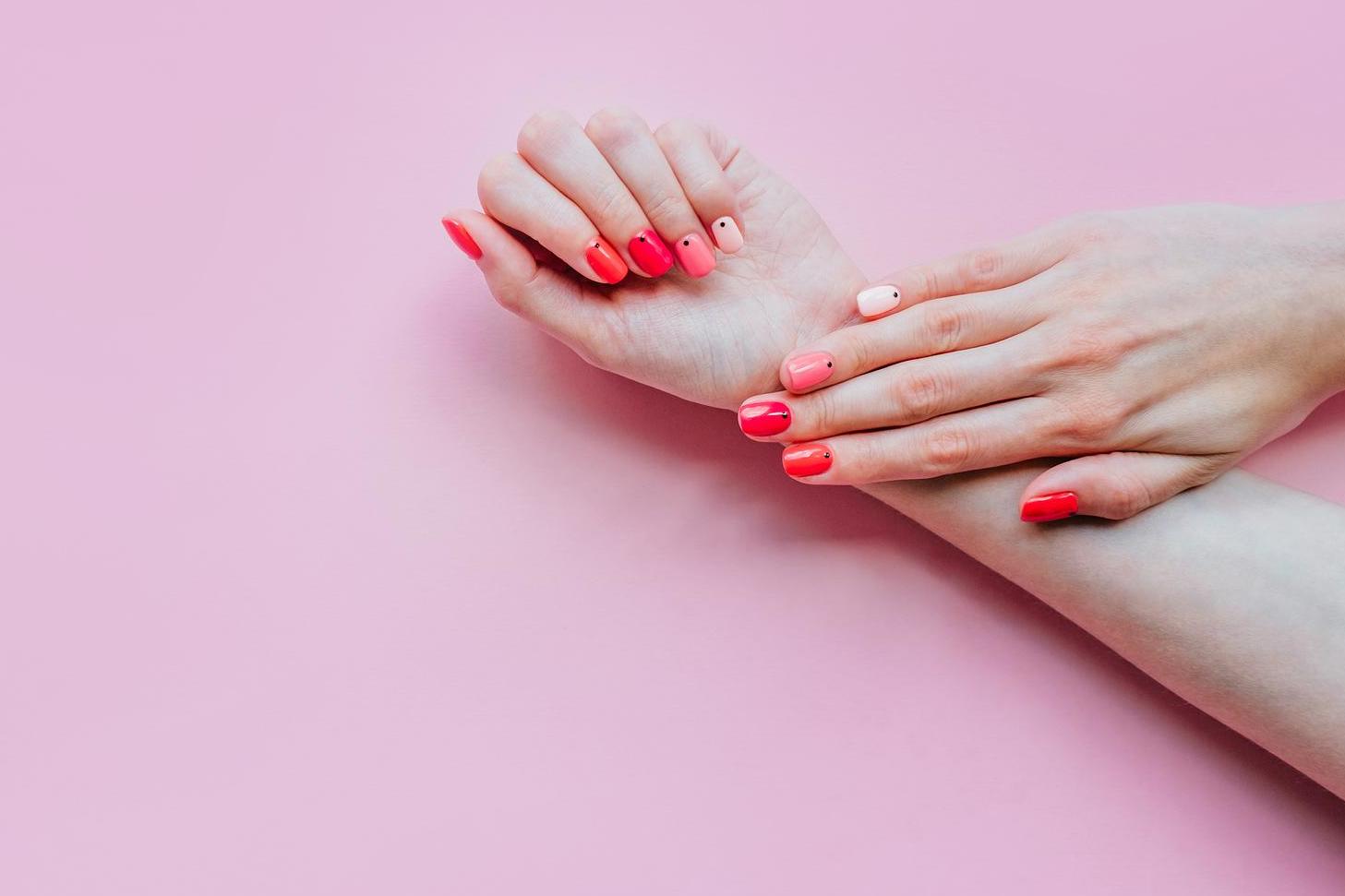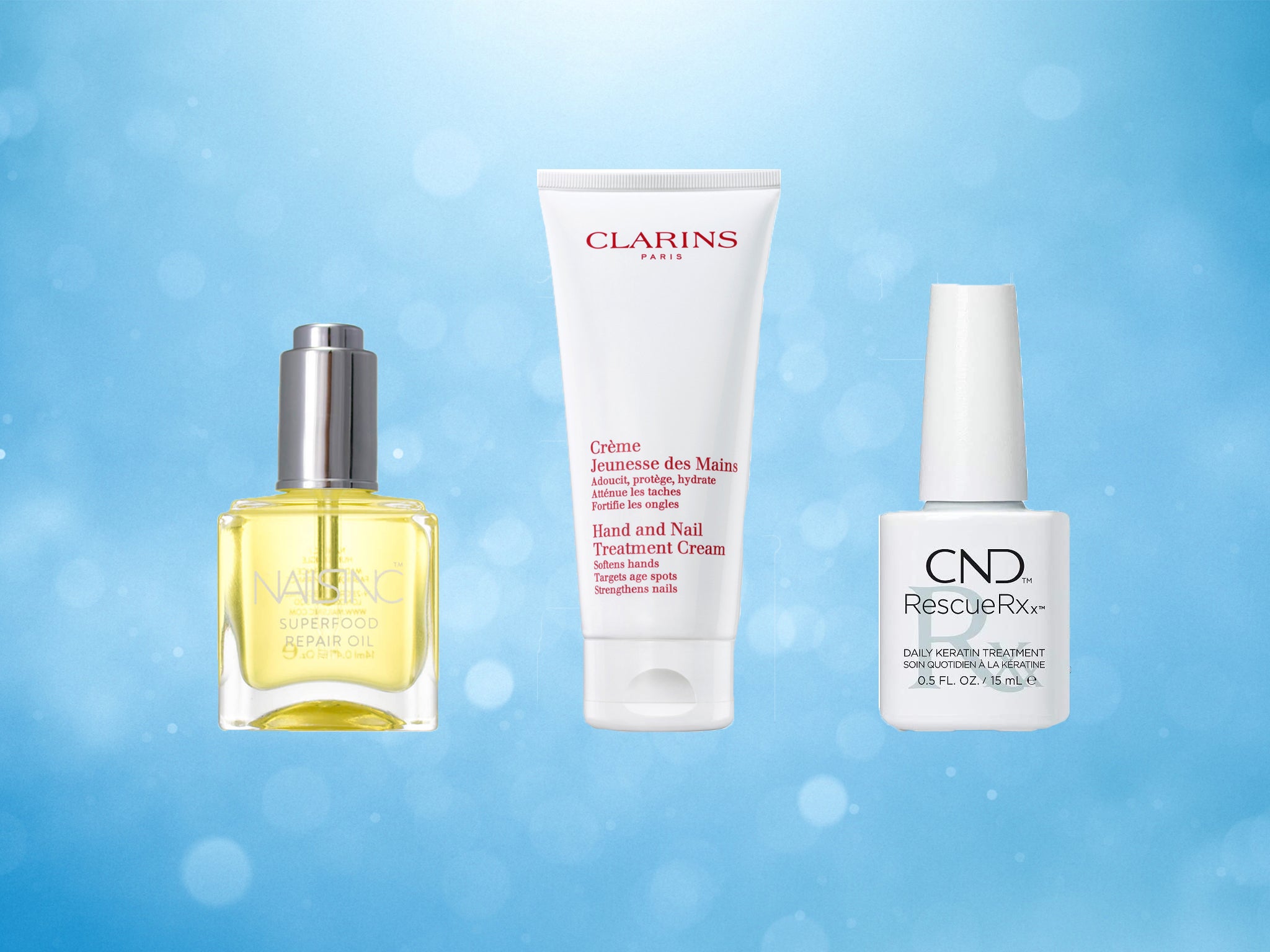The Independent's journalism is supported by our readers. When you purchase through links on our site, we may earn commission. Why trust us?
New lockdown: How to properly remove gel and acrylic nails at home while salons are closed
Follow our step by step guide according to expert nail artist, Marian Newman

Your support helps us to tell the story
From reproductive rights to climate change to Big Tech, The Independent is on the ground when the story is developing. Whether it's investigating the financials of Elon Musk's pro-Trump PAC or producing our latest documentary, 'The A Word', which shines a light on the American women fighting for reproductive rights, we know how important it is to parse out the facts from the messaging.
At such a critical moment in US history, we need reporters on the ground. Your donation allows us to keep sending journalists to speak to both sides of the story.
The Independent is trusted by Americans across the entire political spectrum. And unlike many other quality news outlets, we choose not to lock Americans out of our reporting and analysis with paywalls. We believe quality journalism should be available to everyone, paid for by those who can afford it.
Your support makes all the difference.As England enters its third national lockdown, mandating the closure of all non-essential shops, including hair and beauty salons, you may be facing an overgrown gel manicure. With a trip to your favourite manicurist out of the picture, removing them at home is your only option.
And no that doesn’t mean picking them off with your hands, despite how satisfying that may be.
Removing them properly will minimise any damage to the nail bed and keep them in tip-top condition. Flaky, weak nails are good to no one and if you can avoid it, you absolutely should.
While a trained beautician is the ideal way of having your nails done or removed, it’s not possible during lockdown, but there are steps you can take to ensure it’s done safely.
Once life returns to normal, rest assured we’ll be booking an appointment at a salon ASAP.
You can trust our independent roundups. We may earn commission from some of the retailers, but we never allow this to influence selections. This revenue helps us to fund journalism across The Independent.
In the meantime, here’s your step by step guide to safely removing gel nails and acrylics according to expert Marian Newman, nail artist and author of Nailed It.
How to remove gel nails
Step 1
Lightly buff the surface of the gel, then wrap each nail in an acetone soaked cotton pad with tin foil tightly around the pad and nail. Leave for 15 to 20 minutes. We use Mylee 100% pure acetone.
Step 2
The gel polish should then come off easily in the foil, but may need lifting with a cuticle stick. These are easily available on Amazon if you don’t have one to hand. If it doesn’t come off easily, rewrap the nail for a further five minutes. Newman advises: “Don’t force the gel off that nail as that will damage the nail.” Noted.
Step 3
If there is any leftover on the nail, Newman recommends wiping over the nail with acetone on a cotton pad, before massaging nail oil onto the nail and surrounding skin. “Acetone is a solvent and very drying to the nails and skin,” she says, adding, “The oil will replace the natural oils and keep them both hydrated and supple.”
Online retailers like Amazon has nail kits like this Teenitor nail polish gel remover tools kit, £12.49, contains everything you need, including nail clippers, pads, a cuticle pusher, nail brush, nail file and buffer block.
Superdrug also has packs of pre-made foils for £2.49 if the tin-foil in your kitchen cupboard runs out.

How to remove acrylic nails
Acrylic nails grow with your natural nail, so after two to three weeks, you’ll start seeing growth at your cuticle beds, and seeing as we’re going nowhere fast, removing them at home is a longer process than gel nails but not impossible.
“This process can also be done with cotton pads soaked in acetone on the nail and wrapped with kitchen foil,” says Newman but as acrylic takes longer to remove, it may take a few goes by resoaking the cotton pads and the melted acrylic can harden while this is done, making it harder to remove.
Instead, here is a simpler alternative.
Step 1
Have two bowls ready, one large with warm (not hot) water, one small empty one. Buff off the bulk of the acrylic, but not down to the nail, then pour enough acetone to cover the nails into the small bowl.
Step 2
Put your fingers into the acetone and cover your whole hand. Then put the small bowl with your hand in still into the larger bowl and both bowls with a towel. Leave for 20 minutes.
“Don’t be tempted to remove your hand”, says Newman. Once the timer goes off, remove your fingers and the acrylic should be easily removed with very gentle scraping with an orange nail stick. If all of it doesn’t come off, soak fingers for a further five minutes.
Step 3
Once all the acrylic is gone, apply plenty of nail oil and massage and gently buff nails with a three-way buffer, to remove ridges and add shine.
Treatments
Nails Inc superfood nail oil, £15 is a handy bottle to keep by your bedside to massage into cuticles, nails and the surrounding skin. With regular application, the sweet almond, argon and rosehip oil-rich formula will strengthen any weakened nails and we can attest that it’s non-sticky and has a pleasant, but not overwhelming scent.
Newman advises applying nail oil several times a day to naked nails to help protect them and keep them flexible, especially with so much hand washing needed at the moment.
As we are washing them more than usual, to help combat the dryness that soaps and sanitisers can cause, apply a hand cream. Clarins hand and nail treatment cream, £23, was our favourite in the IndyBest test of hand creams for it’s fast-absorbing, non-greasy formula that will keep mild eczema at bay, moisturise the skin and minimise age spots. It’s as luxurious as it is effective.
If your nails are weathered by excessive biting, picking off gel nails or looking brittle, the CND rescue daily keratin treatment, £13.15, is a must-have. The brush-on oil contains cruelty-free keratin which prevents nail splitting and within a few days makes a noticeable change to how strong they are, if applied twice a day.

A little goes a long way, we’d recommend applying in the morning and before bed, just make sure to massage it all in before touching your bedsheets.
Doing gel nails at home
If you still want to have your nails painted in glossy gel colours, there are kits that come with everything you need to do a DIY gel manicure, including the polish and UV lamps that set the colour and give it the glossy finish.
Newman does not recommend them because of the risk of a reaction from (meth)acrylate chemicals, the ingredient found in acrylic and gel nails.
There is a risk of an allergic reaction if nails are left under the UV lamps too long, or not left under long enough, and if the polish comes into contact with the skin as well. In order to avoid this, make sure you follow the instructions with your kit properly.
The Bluesky & Mylee black convex curing kit, £95, came out top in our IndyBest review of at-home gel nails kits, if you’re looking to try it yourself. It comes with four Bluesky gel polishes (nude, pink, red and black), a top coat, base coat, LED lamp, remover, lint-free wipes to clean nail and a prep and wipe fluid to sanitise nails and aid the adhesion of the gel colour to your nail.
With easy-to-follow instructions, and a simple to use LED lamp that has three timer settings – 15, 30 and 60 seconds – and enough space to fit all five fingers in at once, it’s a speedy process to give yourself a mini salon treatment at your desk.


